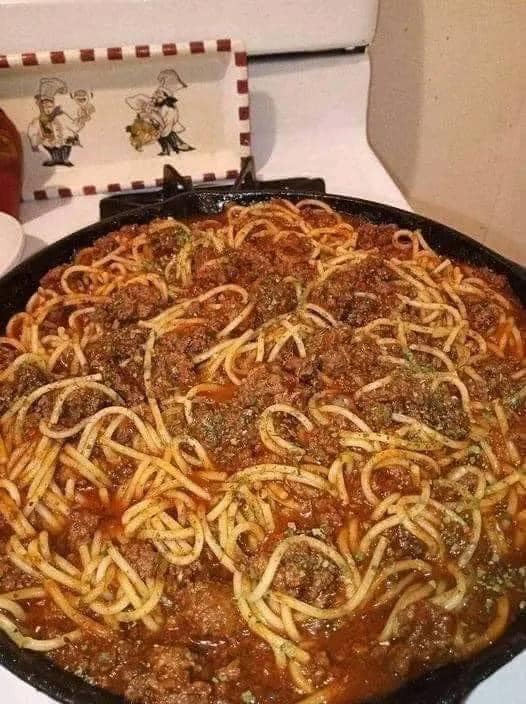Creating a detailed, old-school spaghetti recipe that not only satisfies the taste buds but also engages the senses and invites a visitor to linger can be an enriching culinary adventure. This article will guide you through the preparation of a classic spaghetti dish, incorporating traditional techniques and ingredients to evoke a sense of nostalgia and warmth. Let’s delve into the essence of old-school spaghetti, exploring each step and ingredient in depth to ensure your dish is not only delicious but also a memorable experience for your guests.
Introduction to Old-School Spaghetti
Old-school spaghetti is more than just a dish; it’s a testament to traditional cooking methods that have been cherished and passed down through generations. This dish often centers around a rich, hearty sauce made with simple, yet robust ingredients like tomatoes, garlic, olive oil, and basil. The spaghetti used is typically a high-quality durum wheat pasta, which is prized for its texture and ability to hold onto the sauce.
Selecting the Right Ingredients
1. Pasta
- Type: Opt for traditional spaghetti made from durum semolina flour. This type of pasta holds up well during cooking and provides a perfect al dente texture.
- Cooking: To achieve al dente pasta, boil it in salted water for about 8 minutes or follow the package instructions but cook for 1-2 minutes less than suggested.
2. Tomatoes
- Choosing Tomatoes: Use a mix of fresh ripe tomatoes and high-quality canned San Marzano tomatoes. The fresh tomatoes add brightness, while the canned ones contribute depth and body.
- Preparation: For fresh tomatoes, blanch and peel them before chopping. Crush the canned tomatoes gently by hand or with a potato masher.
